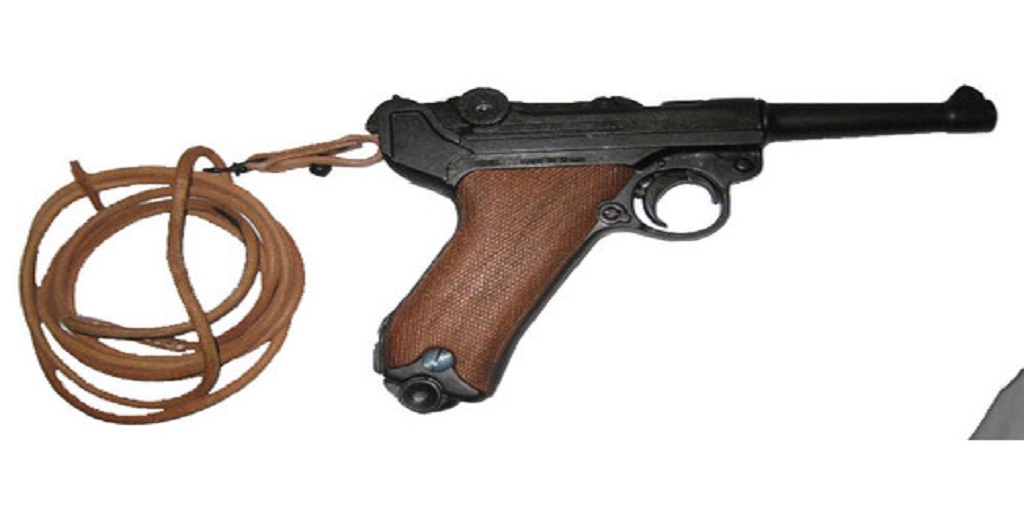The Luger Pistol, properly the Pistole Parabellum, named after Georg Luger who patented it, was produced from 1898 to 1949. Though it has seen official service in several countries, the Luger is most closely associated with the Germans, who carried these pistols through both World Wars.
Though it has a reputation for gritty reliability, the Luger, a recoil-operated semi-automatic that features a toggle-lock mechanism, is far from failsafe. This is all the more true if you own and shoot a Luger that is approaching – or exceeding – a century of service.
So let’s talk about some Luger parts that are either nice or necessary to have.
1. Barrels: Admittedly, you’re not likely to shoot out a Luger barrel using 9mm ammo. It just doesn’t generate the sort of pressure you’d associate with barrel burnout. You’d likely need to put 50,000 or more rounds through the barrel before you started to experience burnout. But – it could happen, especially on a pistol that’s over 100 years old and has seen service.
2. Firing pin springs: Fatigued firing pin springs will prevent the firing pins from striking the primer with sufficient force to ignite it. These will fail long before the firing pins themselves.
3. Firing pin spring retaining pins: If the firing pin spring retaining spin is deformed or alters the breech, it will not secure the firing pin spring, making it impossible to fire the weapon. A fairly unknown Luger part, but an essential one.
4. Recoil springs: Guess what happens to a recoil-operated handgun when the recoil springs get fatigued. It won’t cycle or reset. These springs are prone to failure on all recoil-operated platforms – and on others, as well. Keep a spare before your spring fatigues.
5. Extractors: Extractors and extractor springs can both fail, which can cause blatant failures to cycle as well as stovepipe jams. Just make sure of two things before you replace them. One, is that the action of the gun is clean. Fouled actions can hamper feeding and extraction. The other is that you are not limp-wristing the gun when you fire it. If you can rule out fouling and limp-wristing, the extraction problem is likely due to the extractor.
6. Magazines: Not quite a part of the handgun proper, but a magazine with a problem follower or a fatigued spring simply won’t feed and can cause more problems than one. Why maintain an antique platform just to let it fall out of service because of an innocuous part like a magazine?
7. Not for repair, but cool to have: a Luger stock: Technically not a Luger part like the others mentioned here, but it would still be useful to have a Luger part, especially if you enjoy the history behind them or need a practical stabilizer-like platform to shore up your shooting at extended ranges. There are some variants that are compatible with stocks that will vastly improve the ergonomics and handling of these pistols.
Where Can You Find These Luger Parts?
Looking for these and other Luger parts? SARCO, Inc., online at SarcoInc.com, carries what you need. In addition to these Luger parts, they also carry sight and sight adjustment tools, spring kits, locking bolts, trigger bars, and accessories like holsters.
They also carry parts and shooting and maintenance accessories for a wide range of other historically significant platforms including the M1 Garand, M1 Carbine, M1903, Mauser 98k, SKS, Lee-Enfield, Carcano rifles, and much more.
To learn more about their collection, visit their website online via the link above, get in touch with them by phone at 610-250-3960 or visit them in their showroom at 50 Hilton Street in Easton, Pennsylvania.



